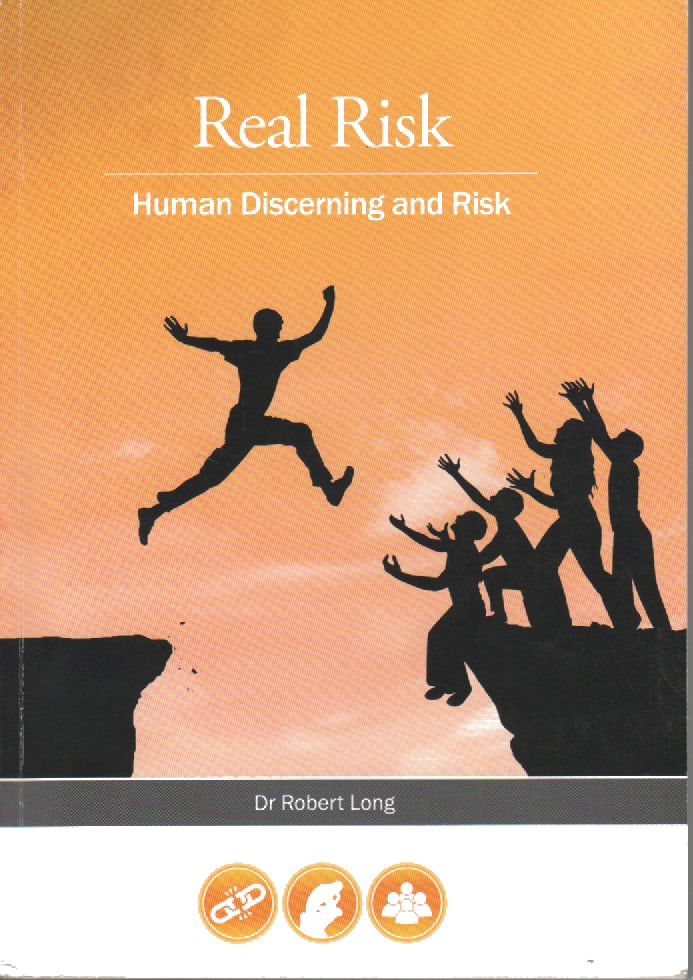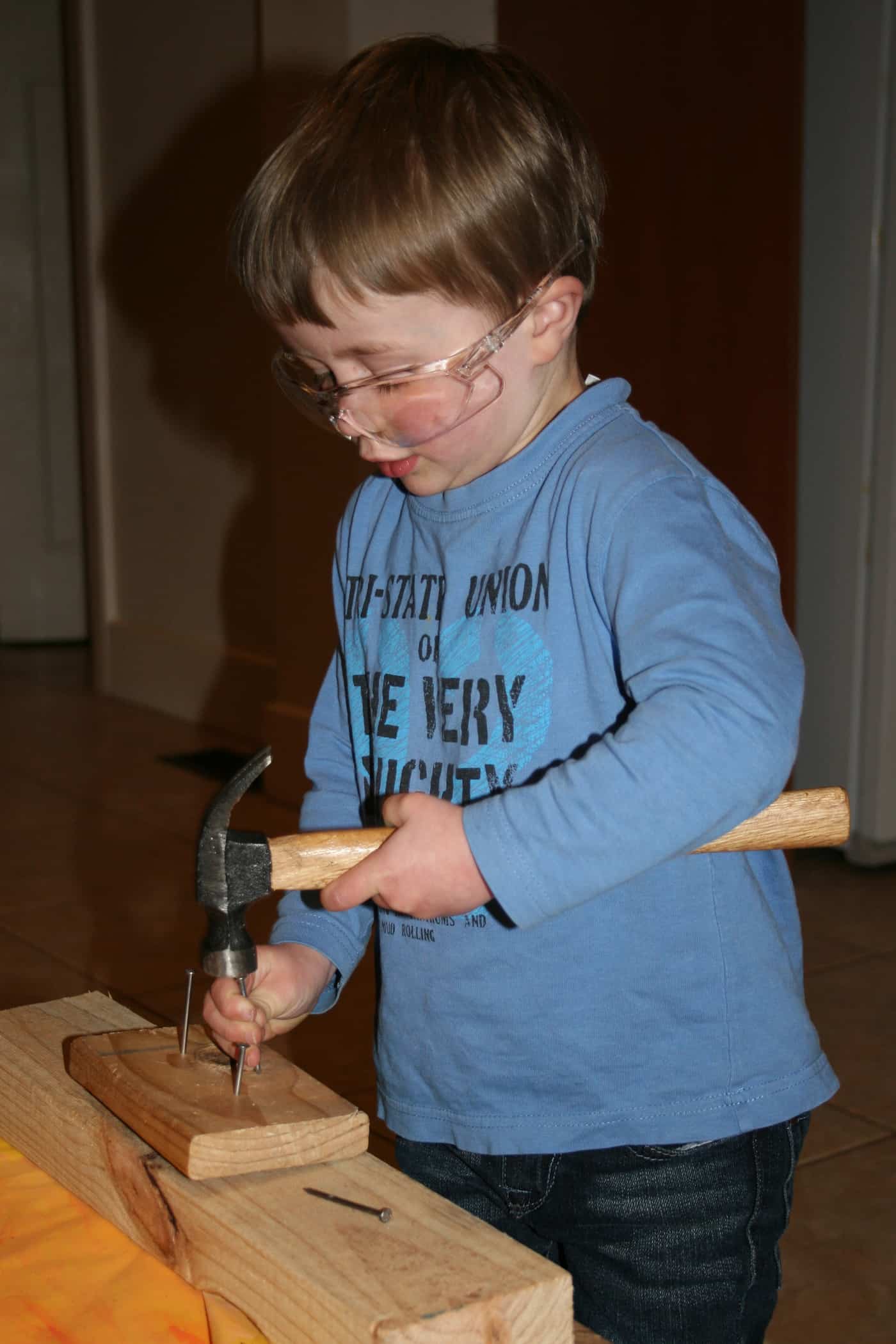A spat has recently emerged on one of the safety discussion forums in Linkedin. The catalyst was a statement that
““
The source of this data, not disclosed at the time of the original post, was a company that sells
“…a great tasting, scientifically proven mix of cutting-edge branch chain amino acids and low Gi carbohydrates for sustained energy release, combined with a formulated blend of electrolytes for optimum hydration in harsh Australian conditions”.
The discussion quickly refocused from the original safety concern to one of unreliability of statements; sadly the discussion also became personal and abusive. but the discussion raised two discussion points:
- The reliability of statements on the internet, and
- the issue of hydration and work performance.
Continue reading “Sniping in social media raises issues about hydration”

 When people mention safety, they are often really talking about risk. In a similar way, people talk about the absurdity of ‘elf ‘n’ safety when they actually mean public liability or food safety or
When people mention safety, they are often really talking about risk. In a similar way, people talk about the absurdity of ‘elf ‘n’ safety when they actually mean public liability or food safety or 
 I was reminded of my colleague’s regrets when someone on a construction site recently asked for my opinion on some pictures of her son, at a childcare centre, hitting some nails into a block of wood. The boy (pictured right, at home) was wearing safety glasses, albeit a little large; the “work area” was separated from the rest of the children and the boy was supervised at all times by a child care worker. I was told that some of the parents had expressed concern that such an activity should not be happening in a childcare centre due to the potential risk to other children.
I was reminded of my colleague’s regrets when someone on a construction site recently asked for my opinion on some pictures of her son, at a childcare centre, hitting some nails into a block of wood. The boy (pictured right, at home) was wearing safety glasses, albeit a little large; the “work area” was separated from the rest of the children and the boy was supervised at all times by a child care worker. I was told that some of the parents had expressed concern that such an activity should not be happening in a childcare centre due to the potential risk to other children.
